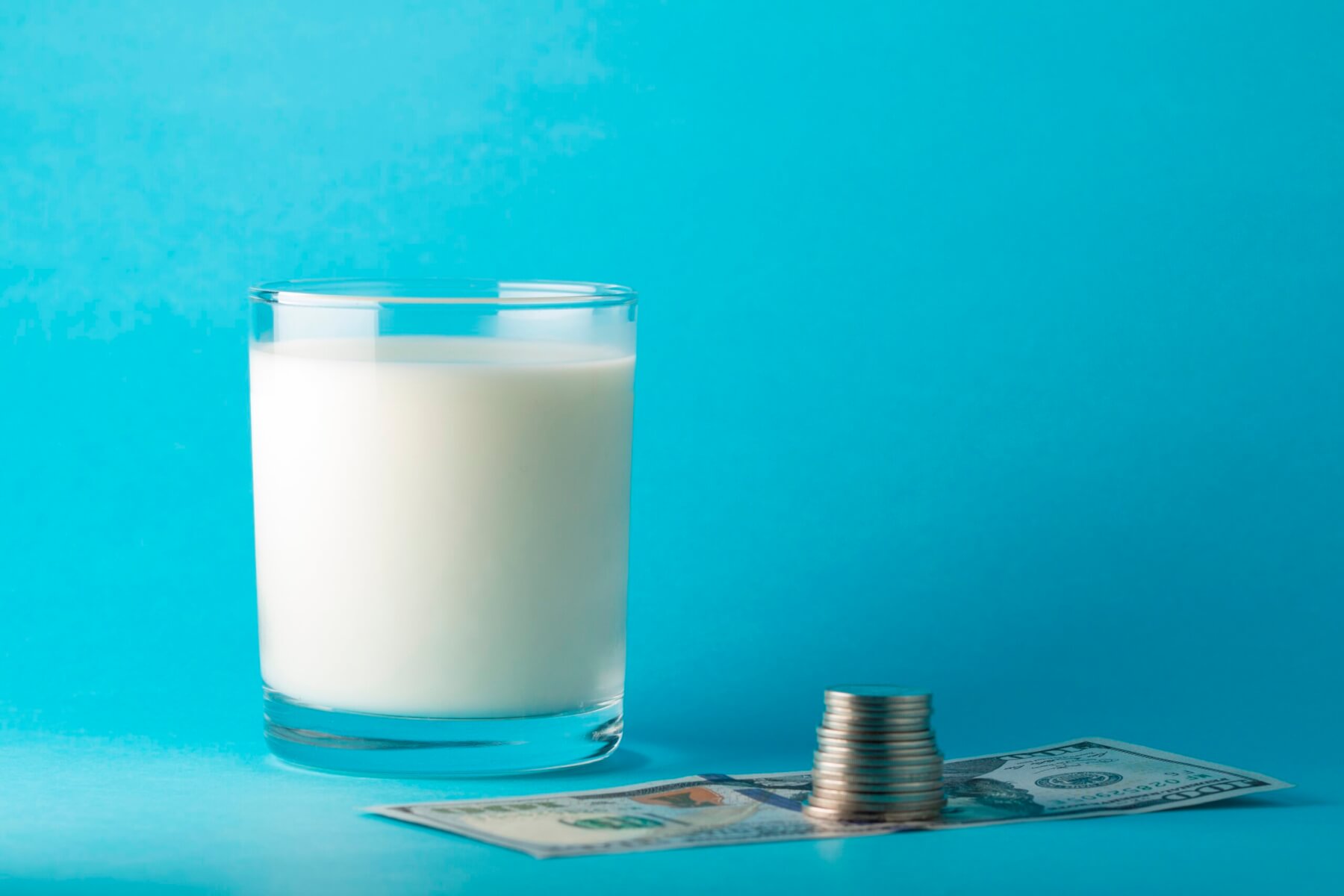As seen in NorthEast Dairy: How to Use Your Innovation to Milk the Government
January 6, 2021 | Authored by Dopkins Tax Advisory Group
Published January 6, 2021 – Dopkins recently authored an article on Research & Development tax credits for members of Northeast Dairy Foods Association, Inc. Although written for an agricultural audience, the issues raised can apply to a wide spectrum of industries.
Dairy farmers and dairy companies face many challenges as they seek to grow and succeed in an increasingly competitive industry. In times such as these many processors, manufacturers, and producers may be thinking outside of the box and utilizing innovation, continuous improvement and refinement to try to gain market share, reduce costs, and keep pricing competitive. This often leads to new product development, improvement of existing products, and new and advanced processes.
New product development in the food and beverage industry generally involves the design and development of new or healthier products. For example, dairy is now an important ingredient in energy and sports drinks for individuals looking to get in shape. With the holiday season just behind us, it was also a reminder that dairy is also an increasingly prevalent ingredient in alcoholic beverages. Producers may also be developing new uses for their milk supply, such as butter, cheese, yogurt, and other dairy products. Finally many producers are testing new ingredients and formulations to make their products healthier or to meet consumer demand, such as lactose-free products, low-fat products, and low-calorie ingredients.
Improvement of existing products typically includes improving the taste, texture or nutritional value of products, or introducing new or sustainable ingredients into product formulations. This activity can also include changing the formulas for existing products, or even adding new flavors. In addition, the development of new packaging or the redesign of existing packaging to make the packaging more environmentally friendly or improve a product’s shelf life would be a qualifying activity.
The designing and developing of new or improved processes to maintain quality and safety should also be considered. Dairy manufacturers are constantly looking to improve their manufacturing processes to increase efficiency, production, and consistency, while reducing waste. Companies in this industry also may need to redesign processes to comply with new government regulations or to enhance the safe handling of the dairy product. Dairy farmers are looking for alternative breeding methods or ways to track and improve milk production.
Whether you are a small dairy farmer or a very large food and beverage producer, if you are engaged in any of the activities similar to those described above, you may be eligible to claim the research and development tax credit.
So, it’s that easy? Unfortunately, not exactly. Your R&D guidelines are subject to IRS regulations. In order for a product or an activity to qualify as a research expense, a four-part test must be met (and more importantly, must be documented):
- The activity must be intended to develop or improve a product’s or processes’ functionality, performance, quality/reliability, or reduce costs.
- The activity must involve a process of experimentation. You must have a desired goal and be evaluating alternatives to achieve a specific result.
- The activity must be intended to eliminate uncertainty (can we achieve our goal?).
- The activity must involve the principles of one of the following sciences: Physical, Biological, Engineering, or Computer Science.
Many of you might be thinking that this means you must have a lab or individuals in lab coats on staff in order to get the credit, but this is not the case. While either of those would be great, having any of the following specialists as employees may indicate that you are performing research: engineers; chemists and microbiologists; formulators; and quality assurance professionals. As long as these individual’s activities support projects that meet the four-part test, their activities may qualify.
You may be wondering what expenses are part of the credit computation. Qualifying research expenses are limited to three expenditures, all of which must be performed in the United States:
- Wages of the individuals performing, managing and supporting the R&D activity.
- Supplies used or consumed in the R&D activity.
- Contract research performed by a third-party.
While this may sound a bit limiting, consider that often the individuals performing R&D activities are generally higher-paid professionals and their salaries can add-up quickly. For example, if you can hire an engineer for under $100,000, double-check that resume.
Everyone involved in the dairy industry should be at least considering whether their activities rise to the level of R&D, whether they can document it, and whether the benefit would be worth the cost of performing a quality R&D study.
About the Author
Dopkins Tax Advisory Group
Our tax professionals include specialists who are proactive, strategic thinkers who work to maximize your cash flow. In addition to cash flow considerations, we also believe that tax planning is most effective when it is integrated with, and fully supports, your business plan and personal goals. Our approach to tax planning will help you better understand the tax implications of any proposed course of action, and together we can make the right decisions for your business. Contact us via email link below for more information. for more information contact your Dopkins Client Service Coordinator or Gregory Urban at gurban@dopkins.com


